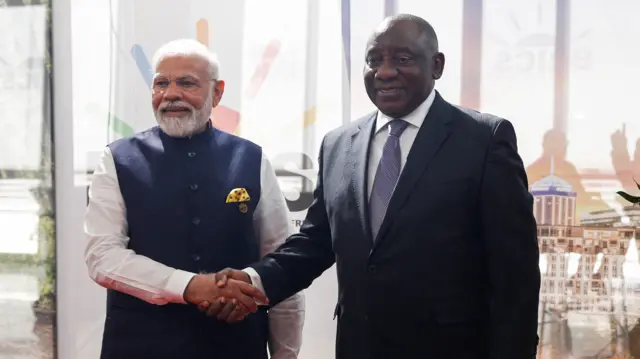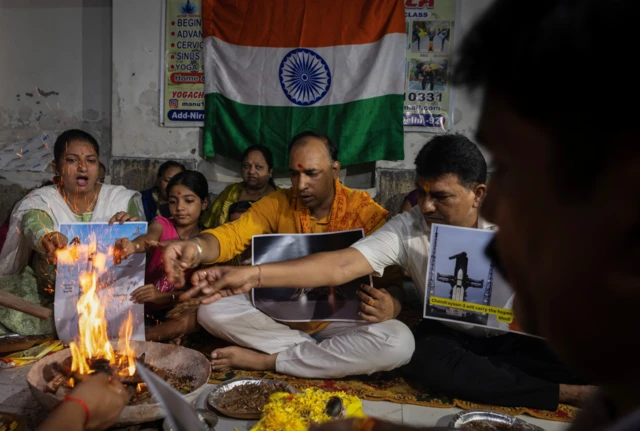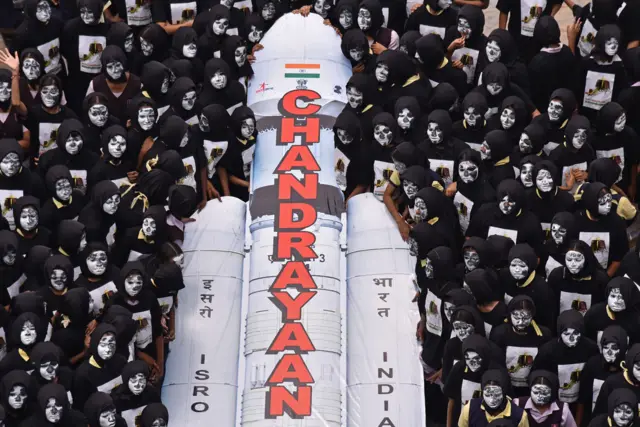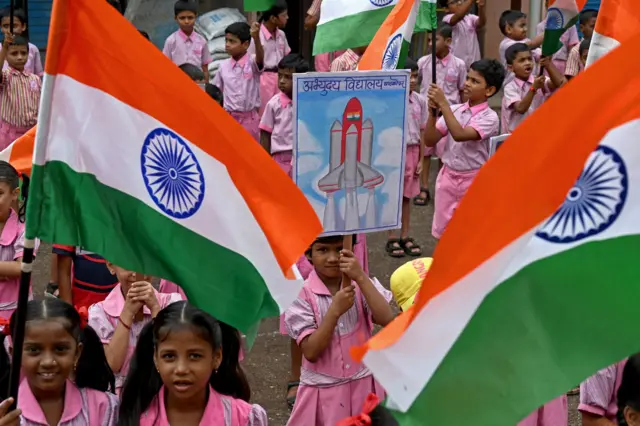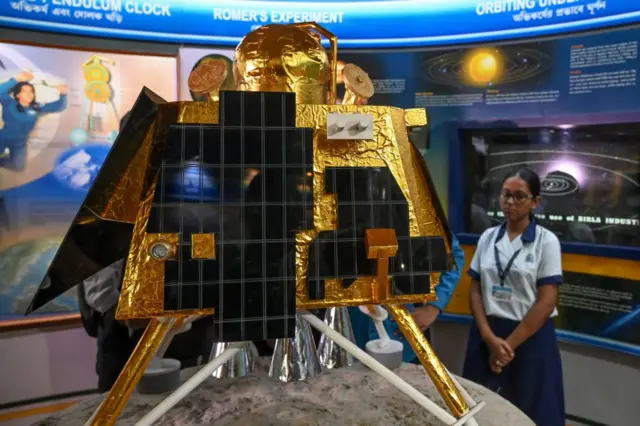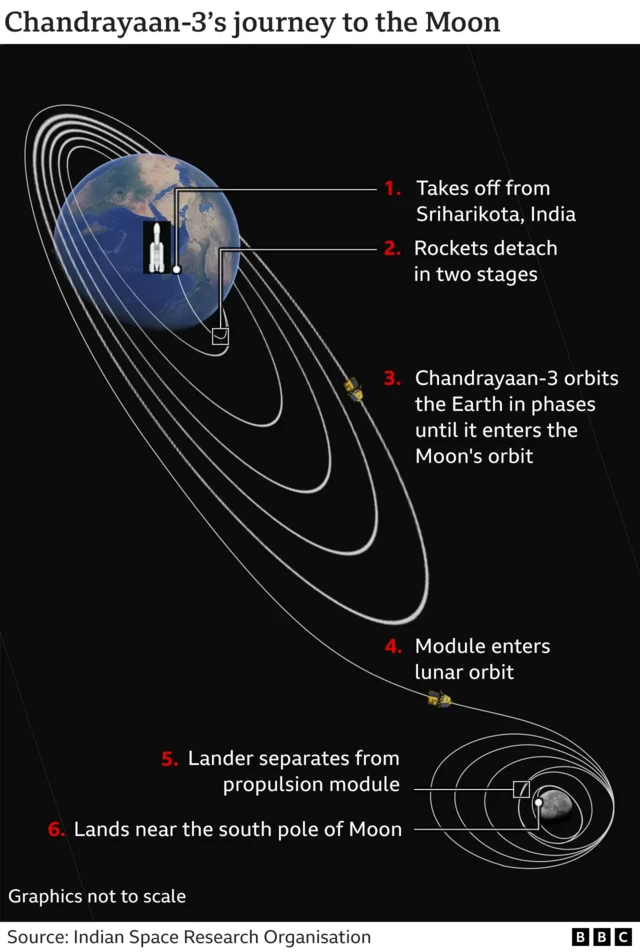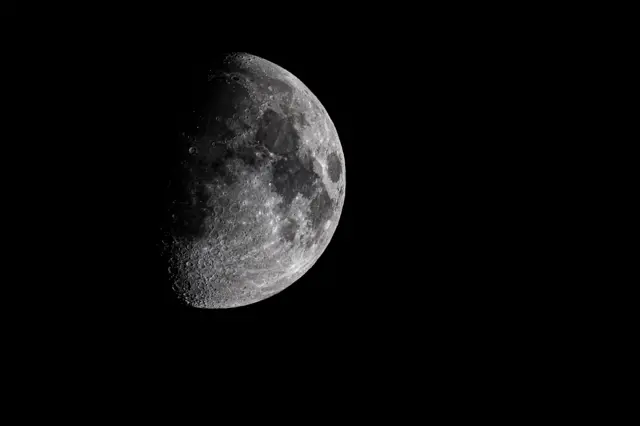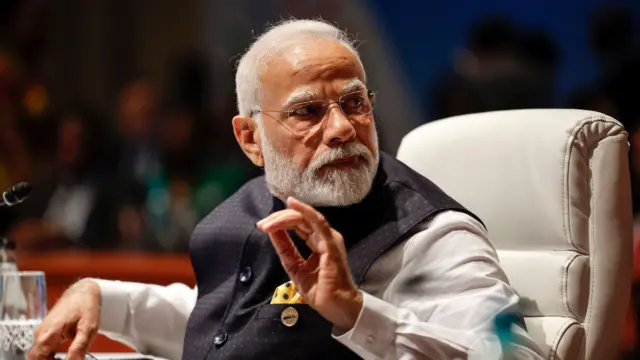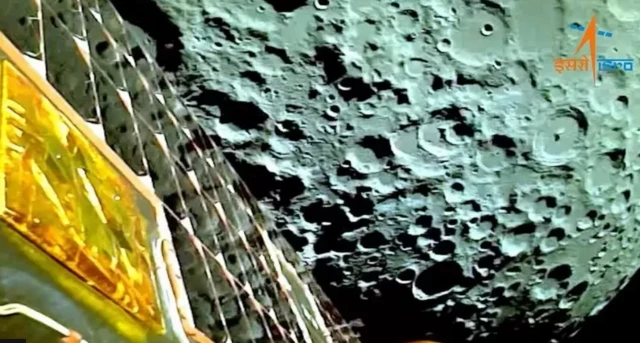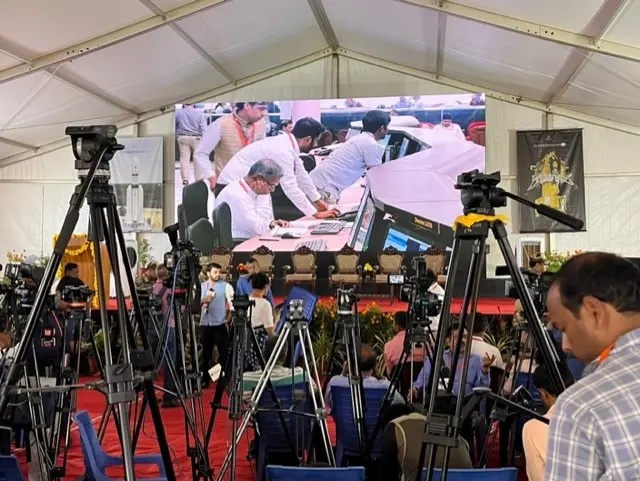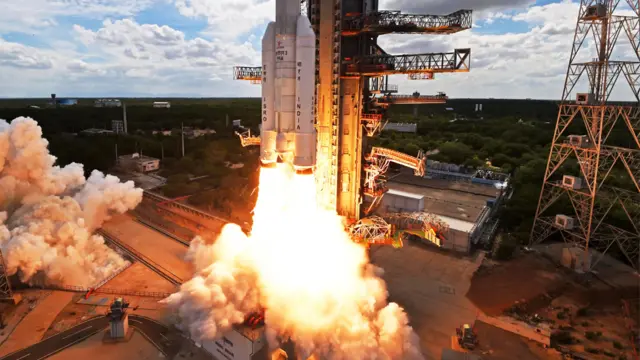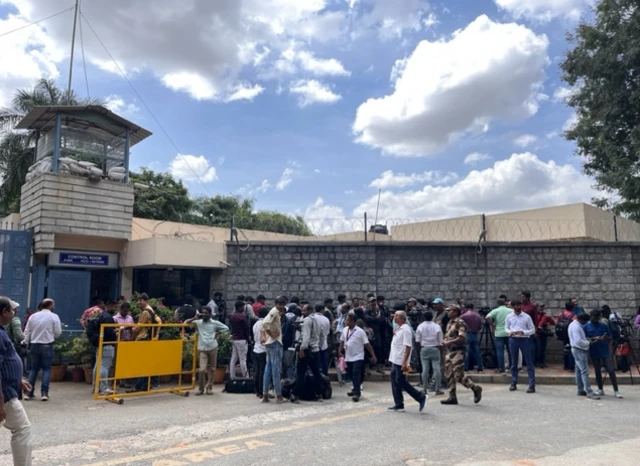Good for India - Elon Muskpublished at 13:09 British Summer Time 23 August 2023
 Image source, Getty Images
Image source, Getty ImagesAs the countdown for India's Moon probe begins, SpaceX and Tesla boss Elon Musk's post on X, formerly Twitter, is drawing attention.
Responding to a post about how the mission's cost is lower than the budget of Hollywood film Interstellar, Musk wrote: "Good for India!"
The mission, which could be the first to land on the Moon’s south pole, costs 6.1bn rupees ($75m; £58m). This is less than half the cost of Russia’s craft Luna-25 which had crashed on Sunday. The Russian craft cost $200m.
